Base Training
Base training takes place between the type rating and line training. It consists of VFR patterns around an airport. Instead of flying a small aircraft as you did during the ppl and cpl stage of your initial flight training, you are now flying a jet like a Boeing or Airbus. This is flown without passengers and with the watchful eye of a Base training captain.
There are normally 2 base training captains, 1 in the left-hand seat and the other resting with the other cadets in the cabin. There will be a safety pilot on the jump seat (usually a trained SFO/FO) keeping another watchful eye. In airlines, base training is usually flown in a group of cadets. In business jet aviation it may be done individually. According to regulations, every trainee pilot should complete at least 6 take-offs and landings, which usually takes around 1 hour to complete. However, if the BTC is not happy and wants to see a few more landings then additional landings can/ will be performed. Don’t be alarmed if they ask to see more. Some cadets can do between 6 and 12 additional landings.
Simulators are very modern, flying a real airplane is still somewhat different. They can never quite replicate the atmospherics of the real world with thermals and turbulence. This is one of the reasons why base training is required. Base training is about manual flying, no autopilot, no autothrottle/auto thrust. Approach and landing are without ILS or any other means of instrument guidance. The maneuver is fully visual with PAPIs only to help you assess the vertical profile.
Aviation Insider offers landing practice simulator sessions or refresher training to give you more confidence. Click here to find out more.
Applicants for a type rating must complete a training course and the base training/take-offs and landings at an ATO. Through our Airline and ATO partners, Base Training is offered on the A320, B737 and B757.























